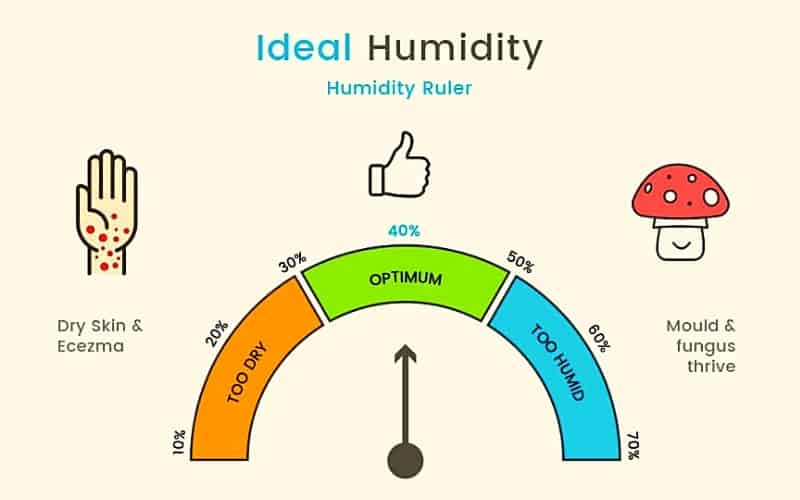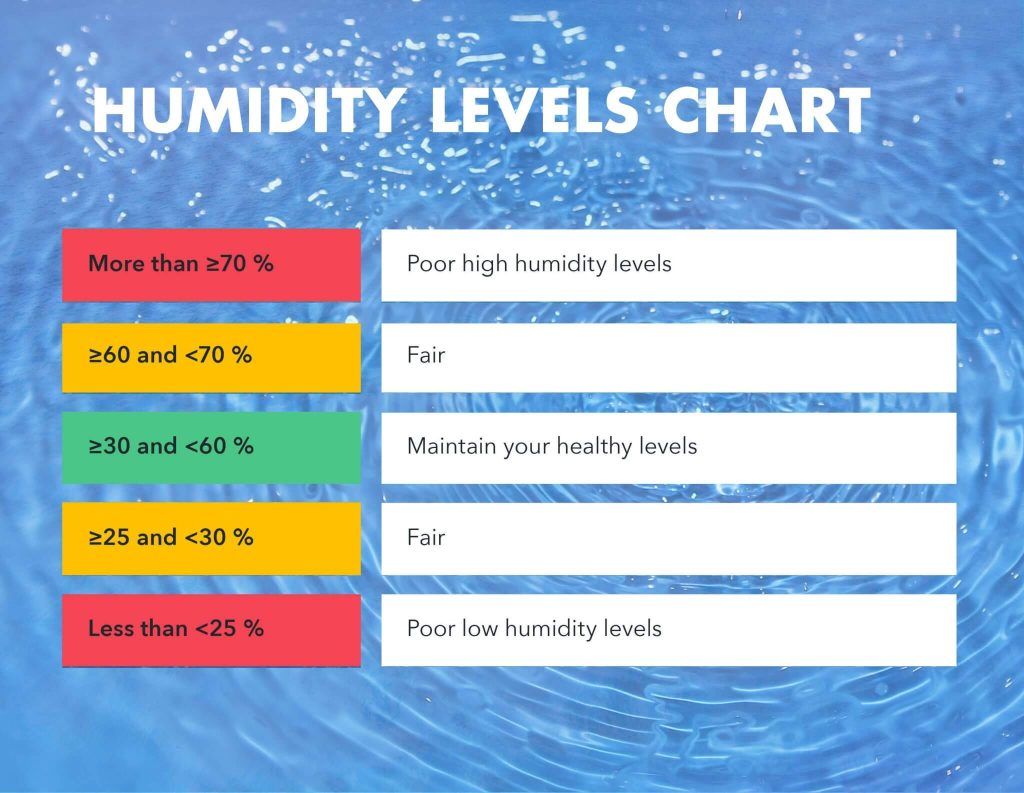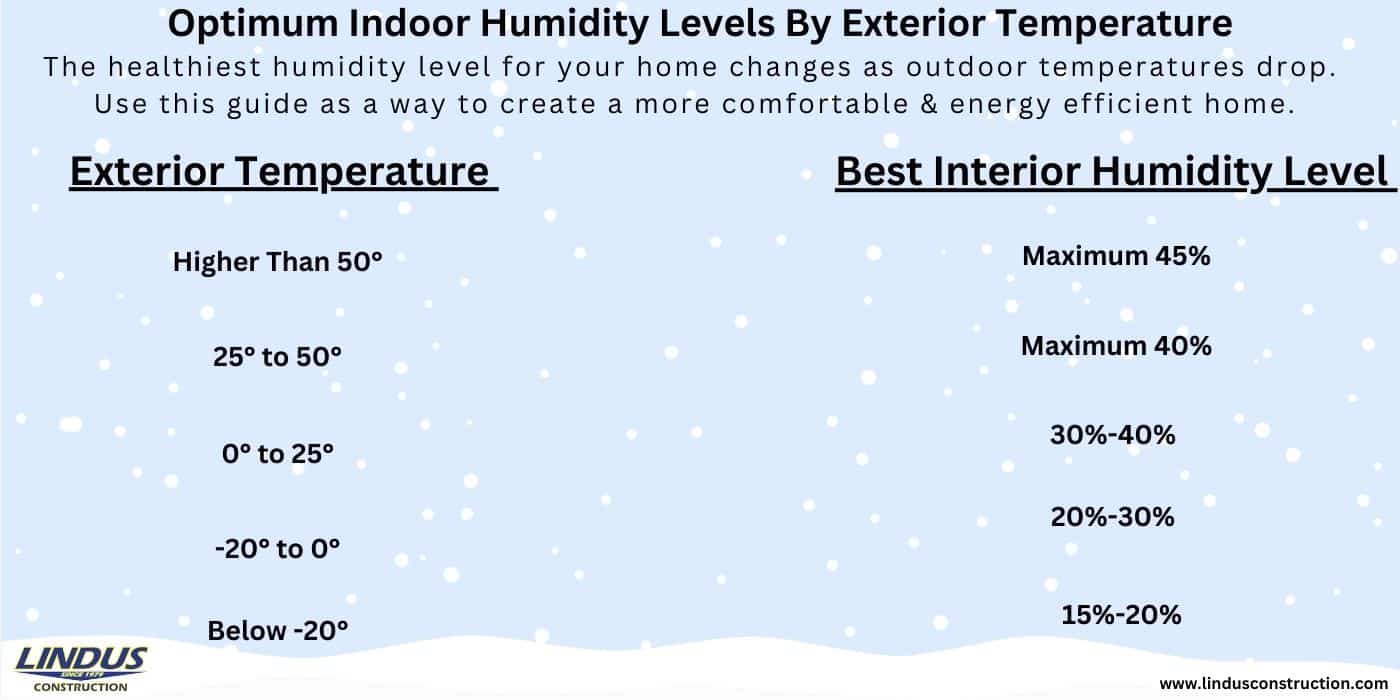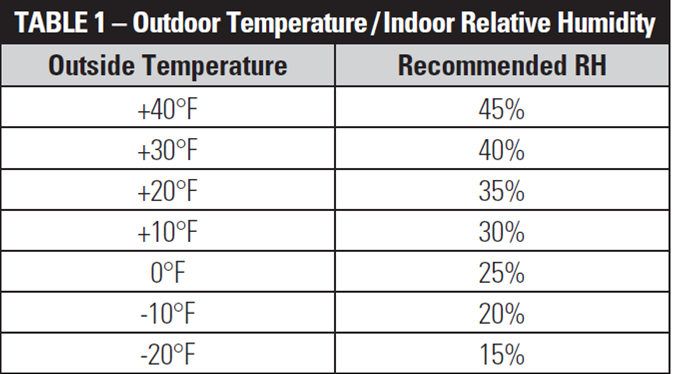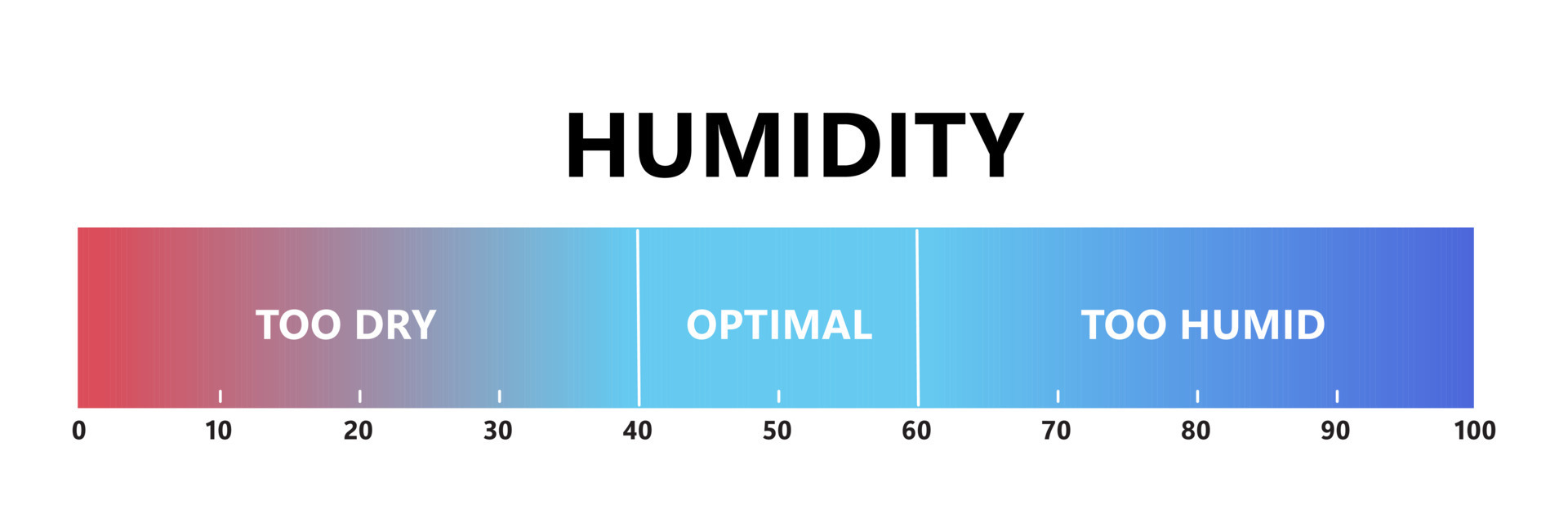What Is The Proper Indoor Humidity Level

What is the Proper Indoor Humidity Level and Why Does It Matter for Your Wallet and Health?
Maintaining the proper indoor humidity level is more than just about comfort; it's a critical factor in energy efficiency, your health, and the longevity of your home. Finding the sweet spot between too dry and too humid can significantly lower your energy bills, prevent mold growth, and improve your overall well-being. This article will delve into the ideal humidity levels, how to achieve them, and the ROI you can expect from smart HVAC and energy-efficient solutions.
The Goldilocks Zone: Defining Ideal Indoor Humidity
The generally recommended indoor humidity level falls between 30% and 50%. During the winter months, 30-40% is usually optimal to prevent condensation on windows and potential ice damage. In the summer, aiming for 40-50% is preferable to discourage mold and dust mite growth. The Environmental Protection Agency (EPA) recommends keeping indoor humidity below 60% relative humidity (RH) to prevent mold growth.
Why this range? Below 30%, the air becomes too dry, leading to dry skin, irritated sinuses, and increased susceptibility to respiratory infections. Above 50%, you create a breeding ground for mold, mildew, and dust mites, which can trigger allergies and asthma. You might also notice condensation on windows and musty odors.
Think of it as the Goldilocks zone – not too hot, not too cold, but just right. But, how do you know where your home stands?
Measuring Your Home's Humidity: Tools and Techniques
The simplest way to measure indoor humidity is with a hygrometer. These are readily available at most hardware stores and online retailers. You can find basic analog models or more sophisticated digital ones that provide more precise readings and even track humidity levels over time. Smart thermostats often include built-in humidity sensors, offering a convenient way to monitor conditions remotely.
Beyond the Hygrometer: Look for telltale signs. Excessive condensation on windows, especially during colder months, is a strong indicator of high humidity. Conversely, static electricity, dry skin, and cracking wood furniture suggest that your home is too dry.
The Energy Efficiency Connection: How Humidity Impacts Your Bills
Controlling indoor humidity has a direct impact on your HVAC system's efficiency. In the summer, high humidity makes the air feel warmer, forcing your air conditioner to work harder to cool your home. By reducing humidity, you can set your thermostat a few degrees higher without sacrificing comfort, saving energy and money. Energy Star estimates that homeowners can save up to 10% on their cooling bills by properly managing humidity.
Conversely, dry air in the winter can make you feel colder at the same thermostat setting. Adding humidity allows you to lower the thermostat without feeling a chill, again saving energy and reducing heating costs. A humidifier allows you to maintain comfortable indoor air quality while reducing your energy consumption.
Achieving the Ideal Humidity Level: Solutions for Every Season
Summer Strategies:
- Air Conditioning: Your AC naturally removes some humidity as it cools the air. Ensure your unit is properly sized for your home and that it's running efficiently. Regular maintenance, including cleaning or replacing air filters, is crucial.
- Dehumidifiers: For homes with persistent humidity problems, a dehumidifier can be a game-changer. Choose an Energy Star-certified model for optimal efficiency. Consider a whole-house dehumidifier for comprehensive humidity control.
- Ventilation: Proper ventilation is key. Use exhaust fans in bathrooms and kitchens to remove moisture-laden air. Consider a whole-house ventilation system, such as a heat recovery ventilator (HRV) or energy recovery ventilator (ERV), to exchange stale indoor air with fresh outdoor air while minimizing energy loss.
Winter Strategies:
- Humidifiers: Add moisture to the air with a humidifier. There are several types: central humidifiers (integrated with your HVAC system), whole-house humidifiers (standalone units), and portable humidifiers. Central humidifiers are generally more efficient and provide consistent humidity throughout the home.
- Limit Moisture Sources: Avoid overwatering plants, and ensure that clothes dryers are properly vented to the outside. Taking shorter, cooler showers can also reduce indoor humidity.
Smart HVAC Integration: Taking Control to the Next Level
Smart thermostats and sensors offer unprecedented control over your home's humidity. Many smart thermostats include built-in humidity sensors and can automatically adjust your HVAC system to maintain optimal humidity levels. You can also set custom humidity schedules and receive alerts if humidity levels stray outside your desired range. Furthermore, some smart dehumidifiers can be controlled remotely and integrated with your smart home system.
Benefits of Smart HVAC:
- Precise Control: Maintain humidity levels within a narrow range for maximum comfort and energy savings.
- Remote Monitoring: Monitor and adjust humidity levels from anywhere using your smartphone or tablet.
- Automated Adjustments: Let your smart thermostat automatically adjust your HVAC system to maintain optimal humidity levels based on your preferences.
- Energy Savings: Reduce energy consumption by optimizing your HVAC system's performance based on real-time humidity levels.
ROI: Calculating the Financial Benefits of Humidity Control
The return on investment (ROI) for humidity control can be substantial, especially when combined with other energy-efficient upgrades. Here's a breakdown of potential savings:
- Reduced Energy Bills: As mentioned earlier, Energy Star estimates up to 10% savings on cooling bills by managing humidity. Proper winter humidification can also reduce heating costs by allowing you to lower your thermostat.
- Preventing Mold and Water Damage: Addressing humidity issues proactively can prevent costly mold remediation and water damage repairs. The average cost of mold remediation can range from $500 to $6,000 or more, depending on the severity of the problem.
- Improved Health: Maintaining optimal humidity levels can reduce the risk of respiratory infections, allergies, and asthma attacks, leading to fewer doctor visits and improved overall health.
- Increased Comfort: A comfortable home is a happy home. Proper humidity control can significantly improve your quality of life.
Example ROI Calculation:
Let's say you invest $500 in a smart thermostat with humidity control and a dehumidifier. If you save 5% on your annual cooling bill of $1,000, that's $50 per year. Over five years, that's $250 in energy savings alone. Add in the potential savings from preventing mold and improving your health, and the ROI can be significant. Don't forget to check for rebates or incentives offered by your utility company or government agencies for energy-efficient upgrades.
Rebates and Incentives for Energy-Efficient HVAC Systems
Many utility companies and government agencies offer rebates and incentives for energy-efficient HVAC systems, including those with humidity control features. Check with your local utility company, state energy office, and the Energy Star website to see what programs are available in your area. These rebates can significantly reduce the upfront cost of upgrading your HVAC system.
Federal Tax Credits: Keep an eye on federal tax credits for energy efficiency upgrades, which can further reduce your costs.
Choosing the Right HVAC Contractor: Expertise Matters
When upgrading your HVAC system or adding humidity control features, it's essential to work with a qualified and experienced HVAC contractor. Look for contractors who are certified by organizations like NATE (North American Technician Excellence) and who have a proven track record of installing and servicing energy-efficient systems. A good contractor can assess your home's specific needs and recommend the best solutions for your budget and energy goals.
Ask for References: Don't hesitate to ask potential contractors for references and check online reviews. A reputable contractor will be happy to provide you with information about their past projects and customer satisfaction ratings.
Conclusion: A Balanced Approach to Humidity Control
Maintaining the proper indoor humidity level is a critical aspect of home comfort, energy efficiency, and health. By understanding the ideal humidity range, monitoring your home's humidity levels, and implementing appropriate solutions, you can significantly reduce your energy bills, prevent mold growth, and improve your overall well-being. Investing in smart HVAC technology and working with a qualified HVAC contractor can further enhance your control and maximize your ROI. Remember, a balanced approach to humidity control is key to creating a healthy and comfortable home environment that saves you money and protects your investment.

.jpg?width=3508&name=Humidity level chart (1).jpg)

